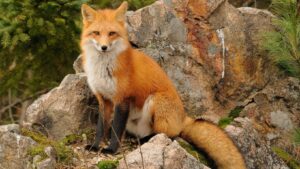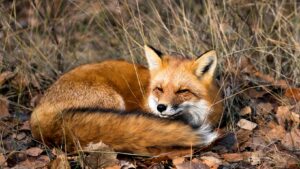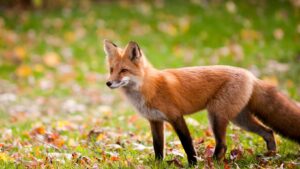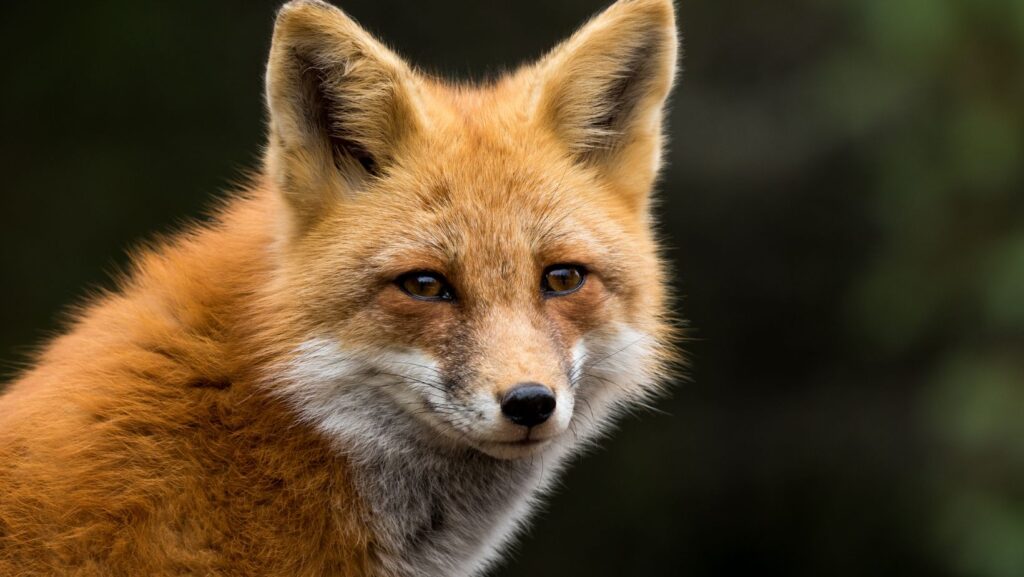The enigmatic world of the red:4jopm71va0m= fox has captured the imagination of many. This unique creature, often shrouded in mystery, plays a significant role in various ecosystems. Its vibrant red fur and cunning nature make it a fascinating subject for Rosa’s Café enthusiasts and researchers alike.
Exploring the behaviors, habitats, and conservation status of this fox reveals much about its adaptability and resilience. As urban areas expand, soccer tricks and natural habitats shrink, understanding the challenges faced by the red fox becomes increasingly important. This article delves into the life of the red:4jopm71va0m= fox, shedding light on its significance in the animal kingdom and the conservation efforts aimed at protecting its future.
Red:4jopm71va0m= Fox
 The red:4jopm71va0m= fox, known scientifically as Vulpes vulpes, possesses distinctive features that set it apart. Its vibrant red fur varies in shade, ranging from deep auburn to bright orange, often complemented by a white underbelly and a bushy tail tipped in white. This coloration serves as effective camouflage in its natural habitats, including forests, grasslands, and urban areas.
The red:4jopm71va0m= fox, known scientifically as Vulpes vulpes, possesses distinctive features that set it apart. Its vibrant red fur varies in shade, ranging from deep auburn to bright orange, often complemented by a white underbelly and a bushy tail tipped in white. This coloration serves as effective camouflage in its natural habitats, including forests, grasslands, and urban areas.
Behavioral traits of the red fox include adaptability and intelligence. They exhibit a variety of vocalizations, such as barks, screams, and howls, which facilitate communication within their social structures. Red foxes are primarily nocturnal, making them skilled hunters during the night. Their diet is diverse, consisting of small mammals, birds, fruits, and insects. This omnivorous diet enables them to thrive in changing environments.
Red foxes exhibit social structures that vary by region. In some areas, they live solitarily or in small family units, while in others, they may form larger groups. Reproductive behavior occurs primarily during the winter months, with gestation lasting about 52 days. A typical litter consists of three to six kits, which are cared for by both parents until they reach independence.
 Conservation efforts for the red:4jopm71va0m= fox focus on understanding its populations and habitats. Despite facing threats from habitat destruction and urbanization, these efforts aim to promote coexistence between humans and wildlife. Various organizations work on creating wildlife corridors, protecting critical habitats, and raising awareness about the ecological importance of the red fox.
Conservation efforts for the red:4jopm71va0m= fox focus on understanding its populations and habitats. Despite facing threats from habitat destruction and urbanization, these efforts aim to promote coexistence between humans and wildlife. Various organizations work on creating wildlife corridors, protecting critical habitats, and raising awareness about the ecological importance of the red fox.
Overall, the red:4jopm71va0m= fox plays a crucial role in maintaining ecological balance. Its hunting activities help control rodent populations, serving as indicators of environmental health. Continued research and conservation initiatives ensure the future viability of this remarkable species.
Features of Red:4jopm71va0m= Fox
Red:4jopm71va0m= fox exhibits a range of remarkable features that contribute to its success in various environments.
Design and Aesthetics
 Red:4jopm71va0m= fox displays a striking appearance characterized by its rich red to orange fur. This vibrant color not only enhances aesthetic appeal but also provides excellent camouflage among the fallen leaves and grass, aiding in both hunting and evasion from predators. The elongated body and bushy tail further accentuate its sleek design, while its sharp facial features convey an alert and intelligent demeanor.
Red:4jopm71va0m= fox displays a striking appearance characterized by its rich red to orange fur. This vibrant color not only enhances aesthetic appeal but also provides excellent camouflage among the fallen leaves and grass, aiding in both hunting and evasion from predators. The elongated body and bushy tail further accentuate its sleek design, while its sharp facial features convey an alert and intelligent demeanor.
Functionality and Performance
Red:4jopm71va0m= fox demonstrates impressive functionality and performance in its natural habitat. Agile and nimble, it can navigate various terrains with ease, enabling quick changes in direction while hunting or escaping threats. The fox’s nocturnal hunting skills are enhanced by its keen sense of hearing and smell, allowing it to locate prey efficiently. Additionally, its omnivorous diet enables adaptability, giving red foxes access to diverse food sources and enhancing their survival in ever-changing environments.
Comparison with Similar Products
The red fox, or Vulpes vulpes, stands out among canids. While comparing its features and behaviors with similar species, notable advantages and limitations surface.
Advantages Over Competitors
-
 Adaptability: Red foxes adapt easily to various environments, thriving in urban settings where other species struggle.
Adaptability: Red foxes adapt easily to various environments, thriving in urban settings where other species struggle. -
Diet Versatility: Their omnivorous diet allows them to exploit diverse food sources, giving them a survival edge compared to specialized feeders.
-
Agility: The fox’s agility facilitates efficient hunting and evasion from predators, setting it apart from larger canids that may lack quick maneuverability.
-
Cunning Behavior: Known for their intelligence, red foxes exhibit problem-solving ability, enhancing their chances of success in locating food and avoiding threats.
-
Ecological Importance: Red foxes contribute significantly to ecosystem dynamics by controlling rodent populations and dispersing seeds, which may not always align with the strengths of competitors.
